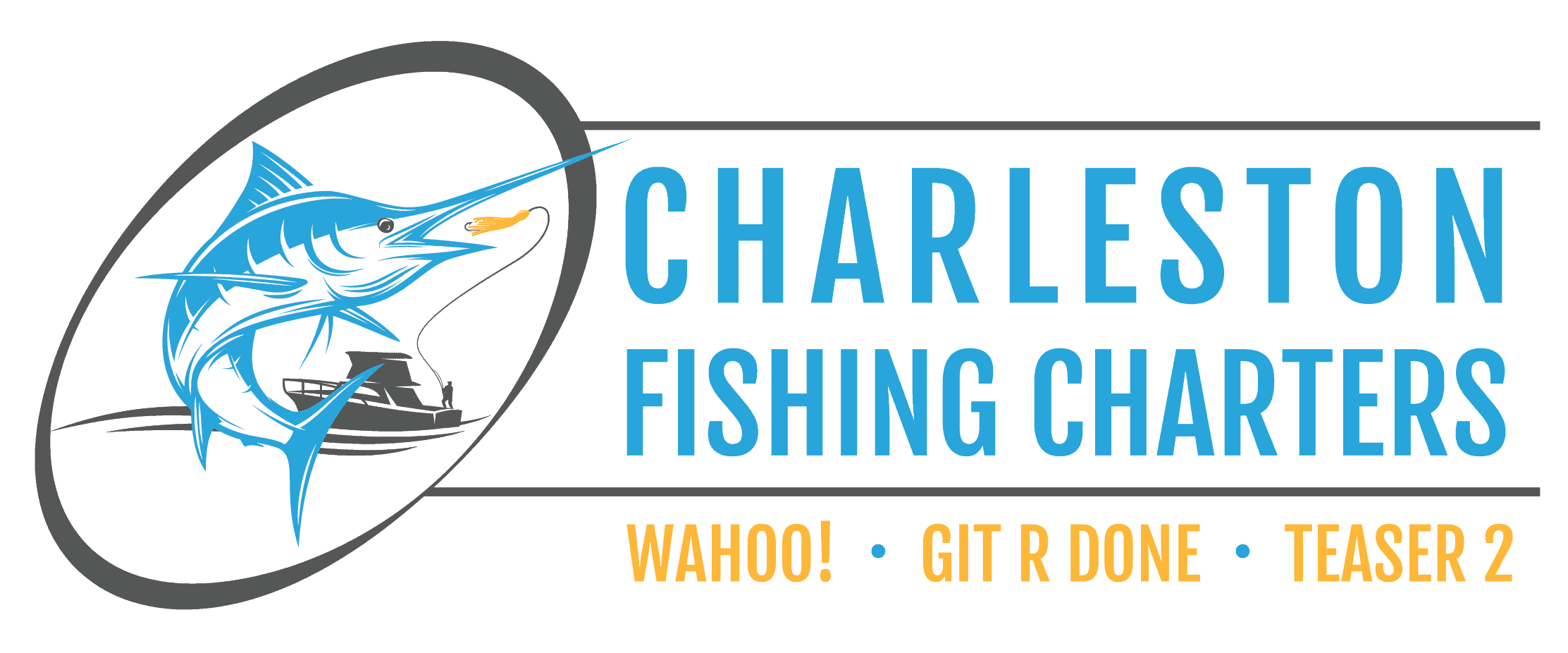As cooler temperatures roll in, the habits of the fish begin to shift, making some species easier to catch and others more challenging. When you charter with the experienced crew on the Wahoo, you’re going out on the water armed with years of collective knowledge about not only the habits of specific species but of the area around Charleston. Both inshore and offshore experience seasonal fishing changes, but the changes will impact inshore fishing earlier and more strongly due to the shallower waters.
Inshore Fishing from Summer to Fall
With the temperatures dropping, redfish, in particular, begin feeding more heavily in preparation for the cooler  weather. This makes inshore fishing for red drum an exciting activity in the fall months. Red drum starts striking harder and more frequently as the temperatures drop, but they’re not the only game fish on the move. Spanish and king mackerel, Sheepshead, crevalle jack and flounder all feed more aggressively during the cooler weather. Live bait is quite effective as the fish are already searching for baitfish and crabs.
weather. This makes inshore fishing for red drum an exciting activity in the fall months. Red drum starts striking harder and more frequently as the temperatures drop, but they’re not the only game fish on the move. Spanish and king mackerel, Sheepshead, crevalle jack and flounder all feed more aggressively during the cooler weather. Live bait is quite effective as the fish are already searching for baitfish and crabs.
Offshore Seasonal Fishing Changes
Summer months send many of the big game fish diving deep in search of cooler waters. Fish are most active during the morning and evening in the summers. With the cooler temperatures of fall, the fish are at a greater variety of depths and may be easier to catch while trolling or fishing mid-depth. Blue and white marlin will become easier to fish as the temperatures drop and they move back toward the warmer waters surrounding the Gulf Stream.
Yellowfin tuna, dolphin, and wahoo begin to gain size, with yellowfin running, on average, 45 pounds in late summer to mid-fall. Large game species are best fished for with natural baits rigged with a mid-sized artificial lure or a large artificial surface lure. Bottom fishing improves in the Fall as well, as the schools spread out and fish become easier to find.
